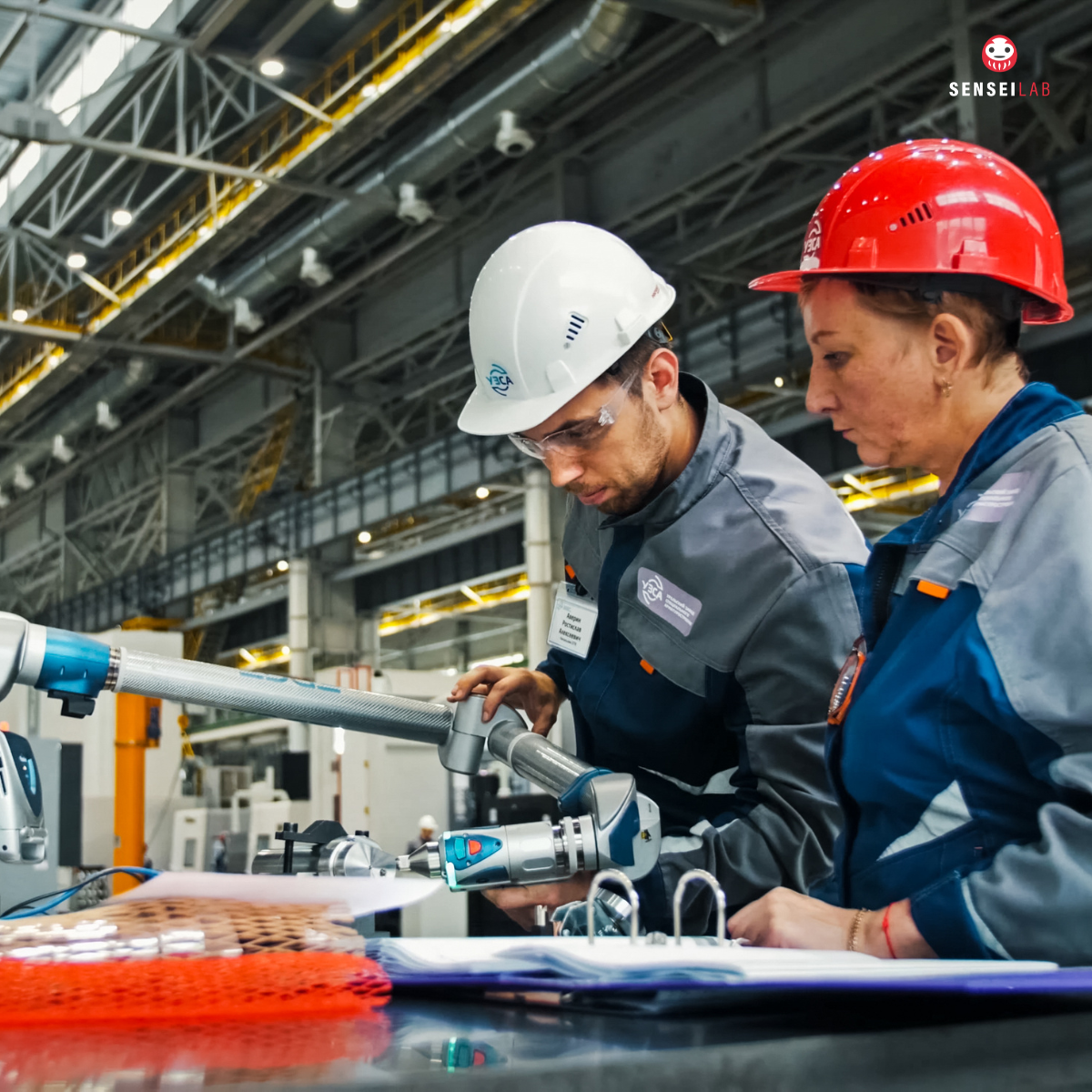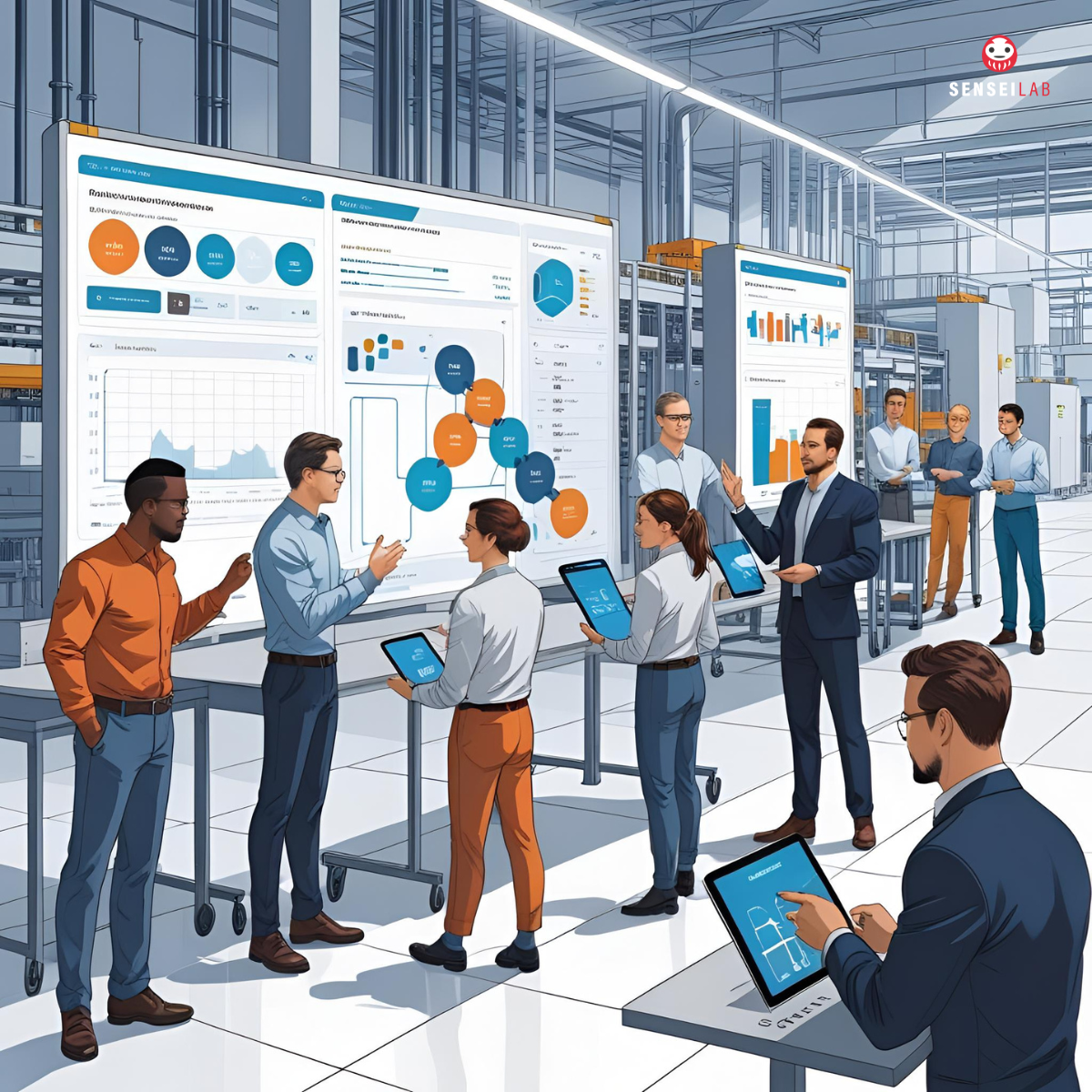Why Top Warehousing Leaders Are Rethinking Everything They Thought They Knew About Lean
There’s a quiet revolution happening in warehouses across the globe. It’s not driven by robots or AI—though they’re certainly part of the story. It’s being led by something far more transformative: a mindset shift.
Yet despite its growing momentum, Lean still carries baggage—especially in warehousing. “Lean? That’s for manufacturing,” many say. Or, “We’re already efficient.” Or even, “Lean can’t work here—our processes are too complex.”
Let’s pull back the curtain and explore these myths. Because in reality, Lean is redefining warehouse performance in ways few thought possible.
Myth #1: “Lean Is Only for Manufacturing”
This is perhaps the most persistent misconception—and the most dangerous.
Lean was born on the factory floor, yes. But its DNA is universal: eliminate waste, improve flow, and deliver value to the customer. Whether you’re assembling jet engines or shipping thousands of SKUs a day, the principles remain the same.
Warehousing is ripe with the types of waste Lean targets:
- Excess motion: Walking 30 meters to scan an item.
- Waiting: Inventory held up due to inefficient slotting or approvals.
- Overprocessing: Multiple checks for the same step due to unclear standards.
Lean doesn’t care whether you’re making a car or picking a carton. It cares that your processes are adding value—or not.
Myth #2: “We’re Already Efficient”
Efficiency is not effectiveness. And productivity is not purpose.
Many warehouses are busy—but not Lean. Full of activity, but also full of hidden costs: cluttered aisles, mismatched replenishment, firefighting that’s normalized. KPIs might look acceptable, but at what cost? Burnout, errors, missed delivery windows?
Lean reveals what’s beneath the surface. And often, it’s not pretty. But that’s the beginning of transformation, not the end.
Myth #3: “Lean Doesn’t Fit Our Tech-Heavy or Manual Environment”
Here’s the beauty of Lean: it adapts.
Whether your operation is paper-based or automated with AGVs and voice picking, Lean principles still apply. In fact, tech without Lean thinking often makes problems worse—automating waste rather than removing it.
5S in a Manual Warehouse?
Clear, visual storage, shadow boards, labeled zones. Less time searching, more time delivering.
Kaizen in a High-Tech Facility?
Frontline operators contributing daily improvement ideas—because even with automation, humans still make the system work.
Just-in-Time with Robotics?
Smart replenishment and real-time demand signals ensuring material flows precisely when needed—not too early, not too late.
Lean enhances technology. It brings discipline to data, clarity to complexity, and ownership to operations.
The Reality: Warehousing Is Being Reimagined
In forward-thinking warehouses:
- Leaders walk the floor with curiosity, not judgment.
- Teams run daily huddles to solve problems at the root.
- Layouts evolve to match flow, not legacy.
- Improvement isn’t a one-off project—it’s a way of life.
These are not utopian examples. They’re happening—in Europe, Asia, North America. In global giants and regional players alike. And the results are measurable: 30–50% reductions in lead times, 20–40% space savings, and most importantly, empowered teams who own their processes.
Final Thought: Lean Is a Leadership Mindset
Lean warehousing isn’t about tools. It’s about thinking.
It’s about seeing the warehouse not as a cost center, but a strategic differentiator. A place where flow, clarity, and customer focus converge.
Top managers are no longer asking “Can Lean work here?” They’re asking:
- “How do I build a culture of continuous improvement?”
- “How can I make my people problem solvers, not just task doers?”
- “How do I align every pallet move to our customer promise?”
The answers lie in Lean—not as a project, but as a philosophy.
And the warehouses that embrace this shift? They’re not just improving. They’re thriving.
If you’re a leader in warehousing, the question is no longer if Lean applies—but whether you’re ready to lead it.




